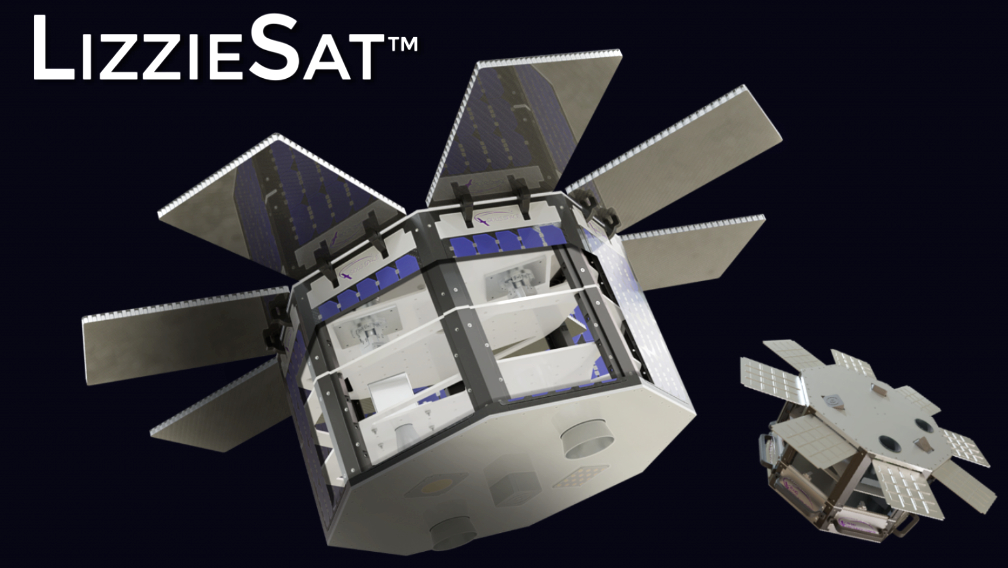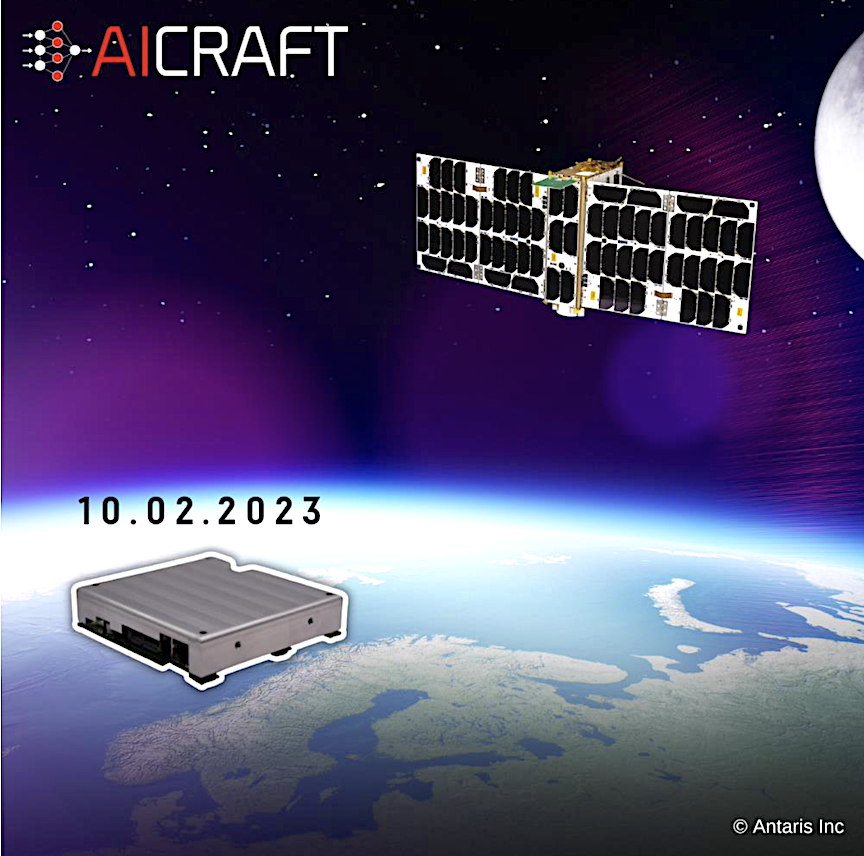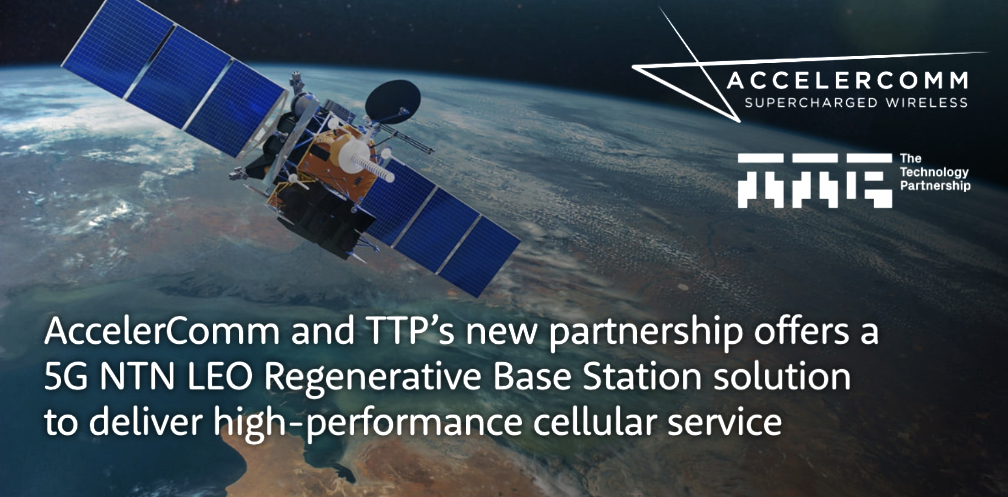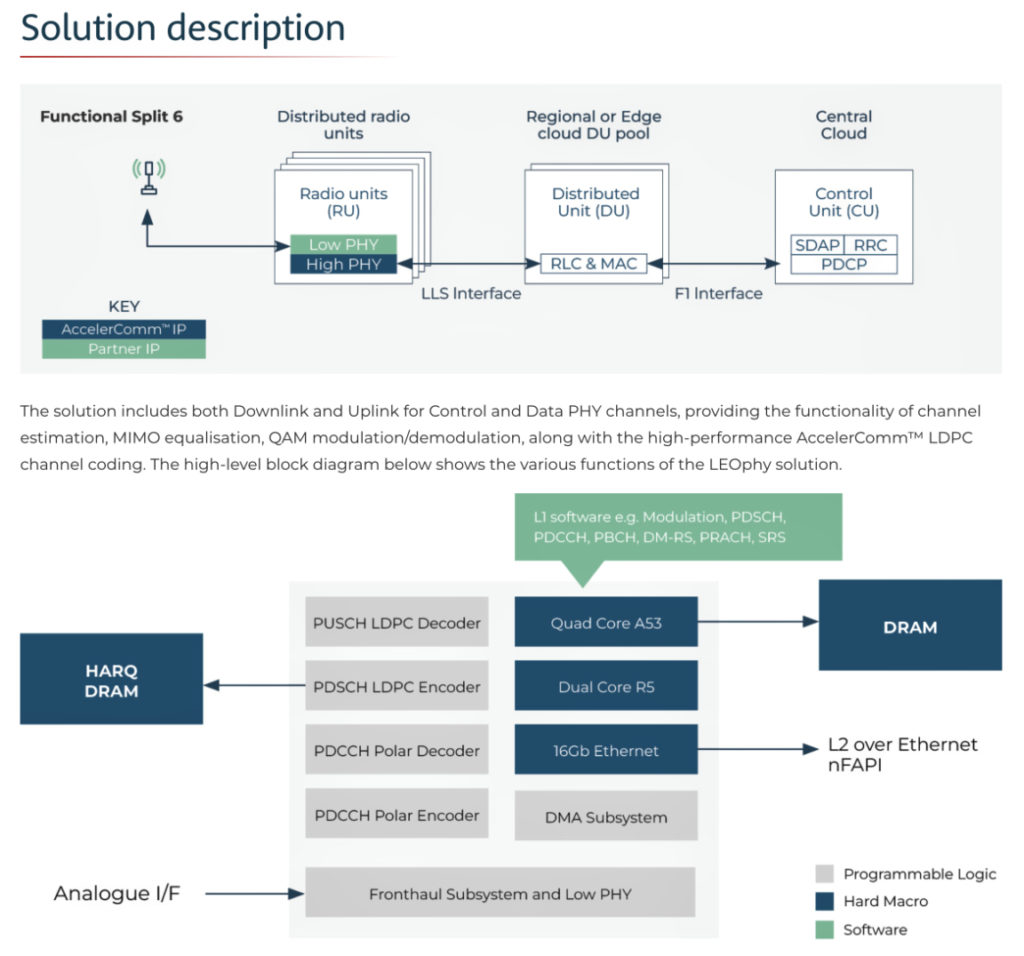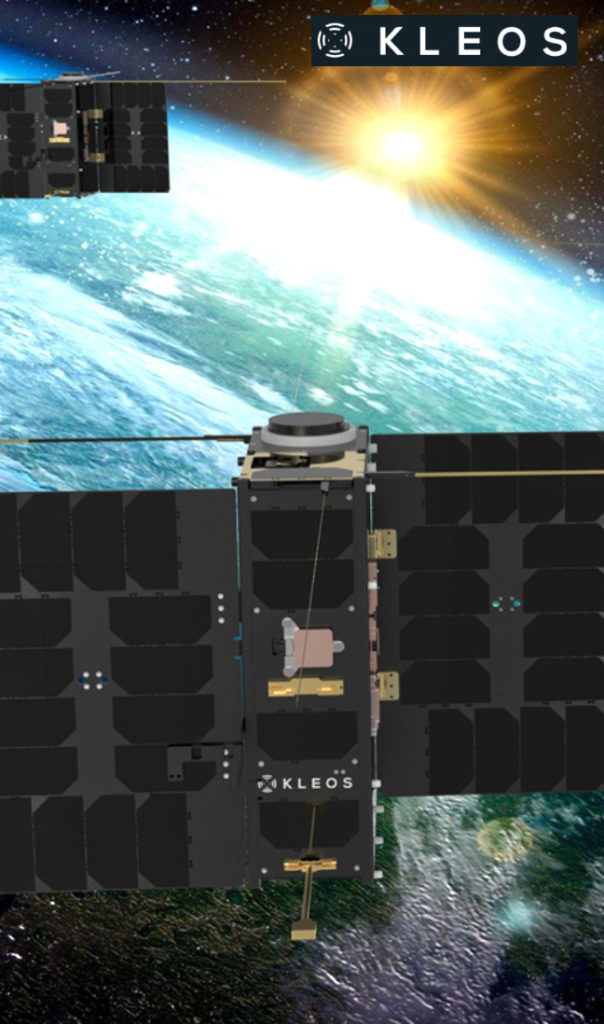
Kleos Space S.A. (ASX: KSS, Frankfurt: KS1) has confirmed that their Vigilance Mission (KSF1) satellites have entered into operations, following achievement of reliably delivering data products against a monthly service level to Government and Commercial customers.
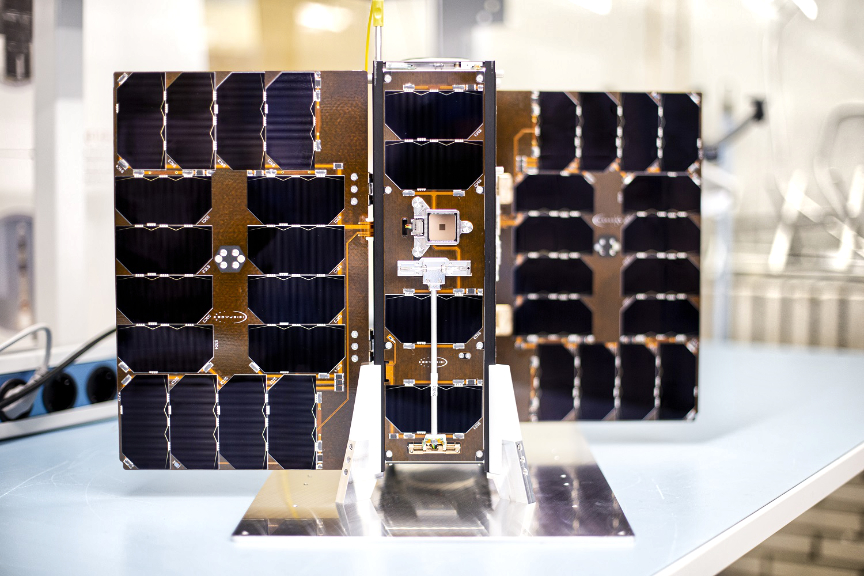
Bringing Vigilance mission into its operational phase is the key catalyst for commencing deferred revenue recognition this quarter, revenue growth and cash receipts.
Commenting on this milestone, Alan Khalili, the company’s CEO, said, “Reaching this critical milestone moves the Company into production mode, confirming the Vigilance mission satellites are now in commercial operation, delivering consistent and reliable data from a specific area of interest which is being processed through our proprietary signal processing platform and being sold to our early adopter customers as intelligence products. We now look forward to expanding our product offering through bringing additional already launched satellites online, including the Patrol Mission (KSF2) expected to commence data delivery in the coming months.”

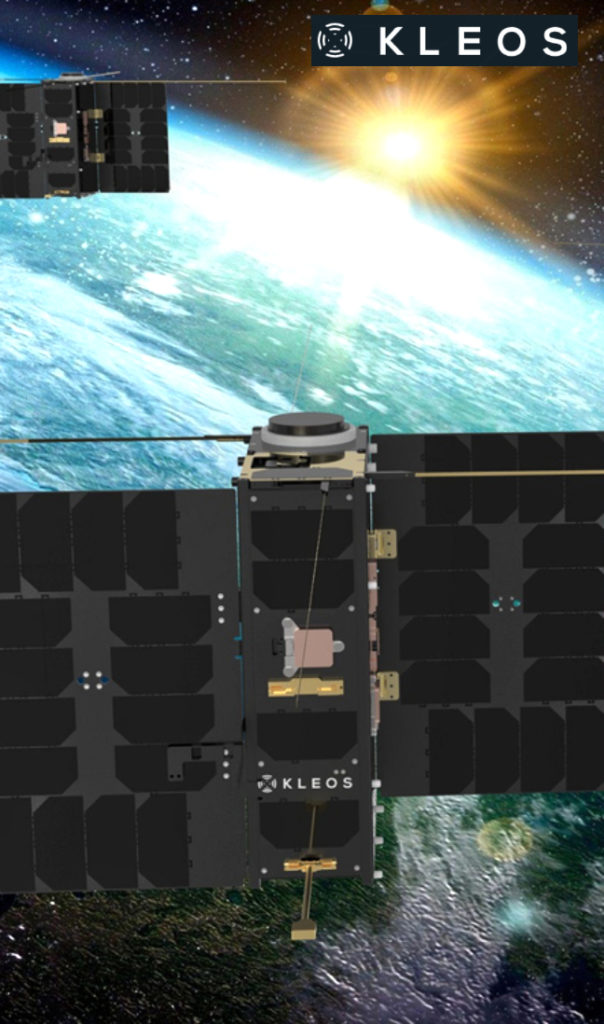
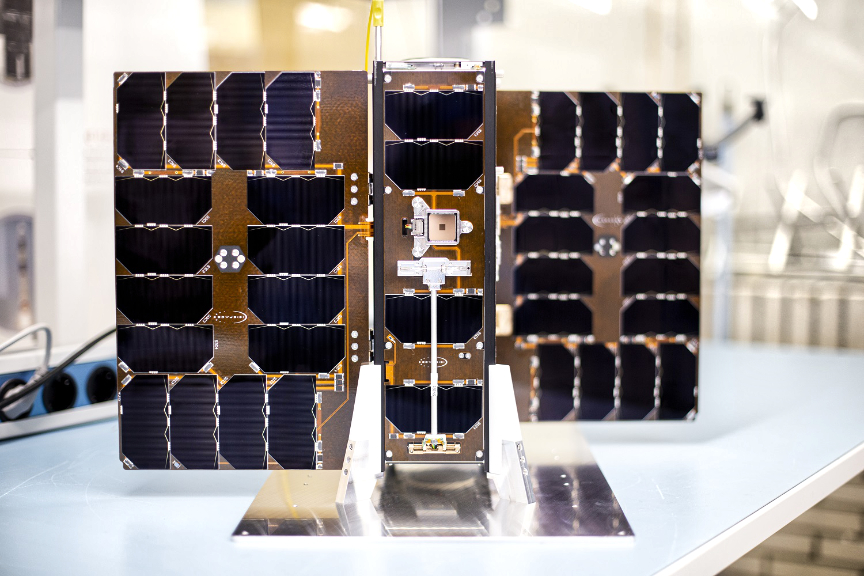


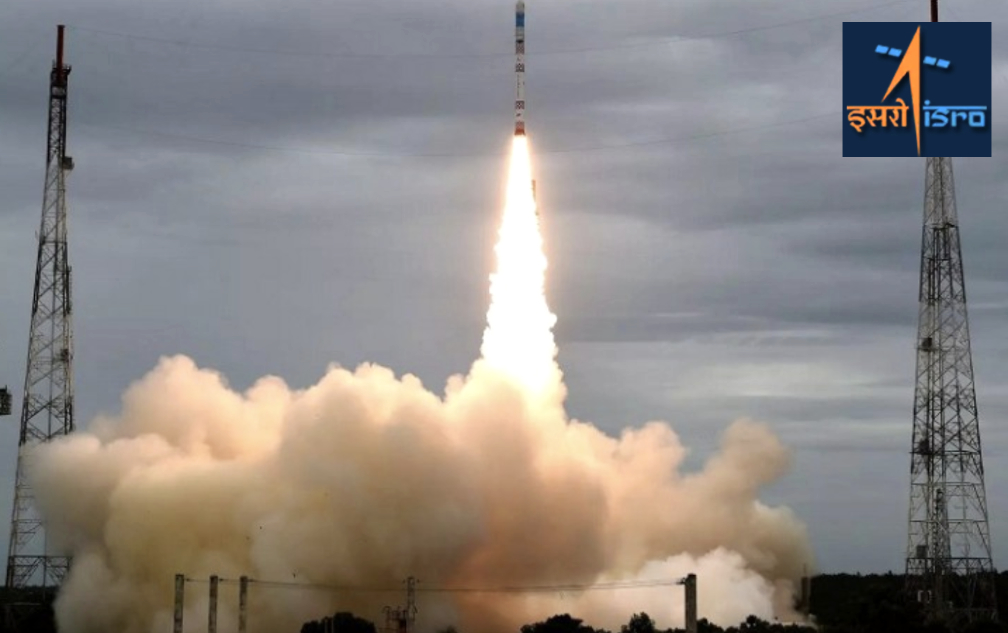
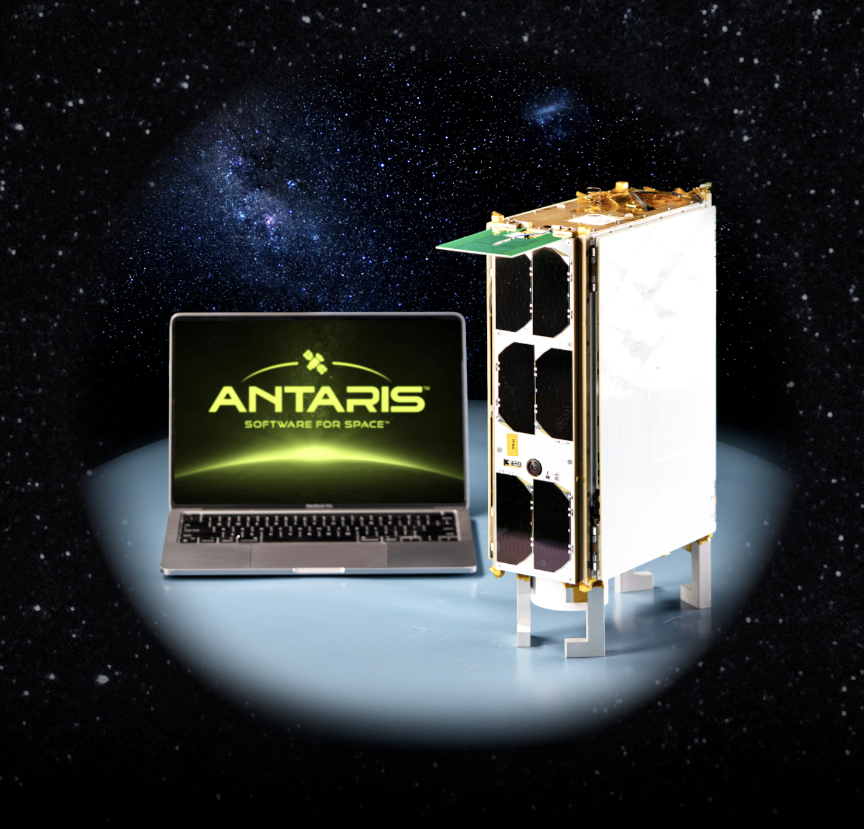
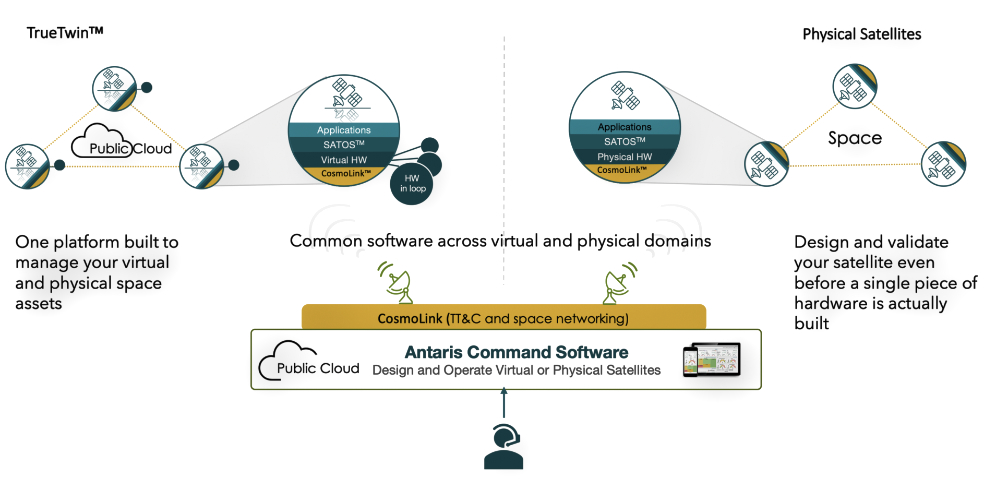
 digital twinning technology that creates a digital version of the satellite at the start of the project and then integrates with hardware-in-the-loop as hardware becomes available.
digital twinning technology that creates a digital version of the satellite at the start of the project and then integrates with hardware-in-the-loop as hardware becomes available.
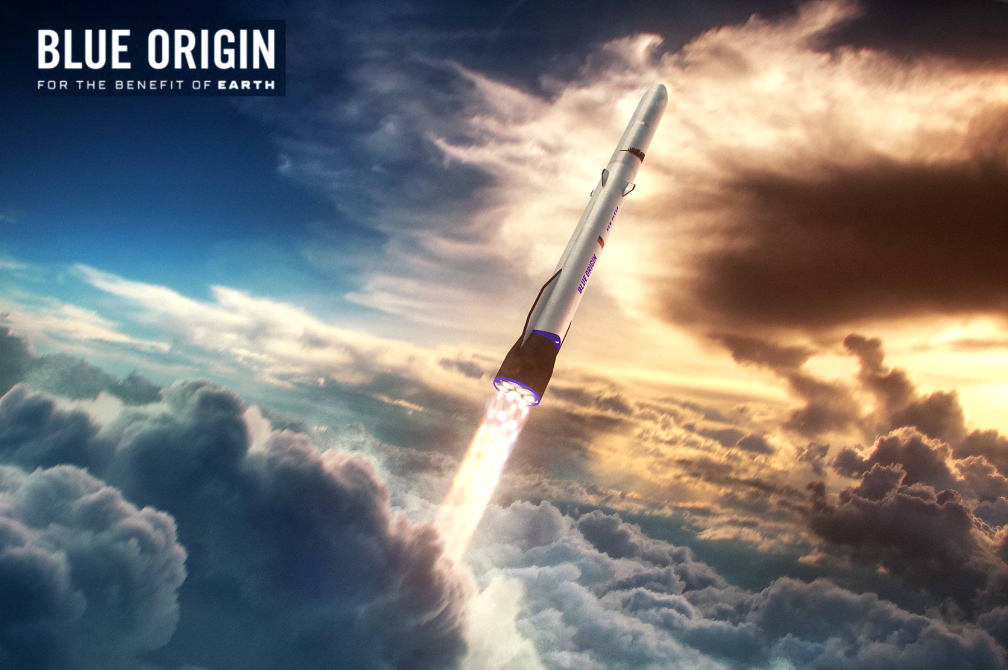
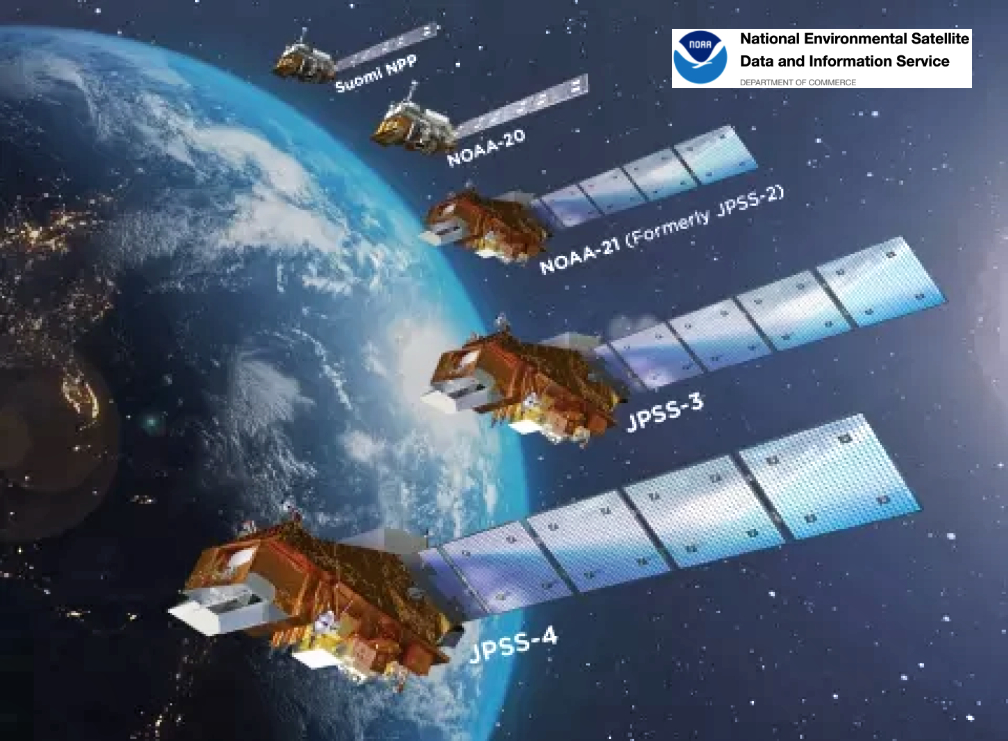

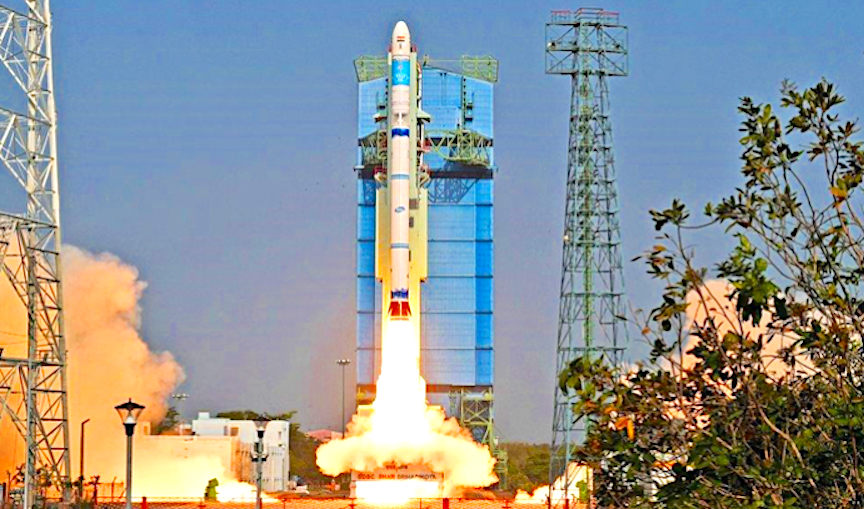
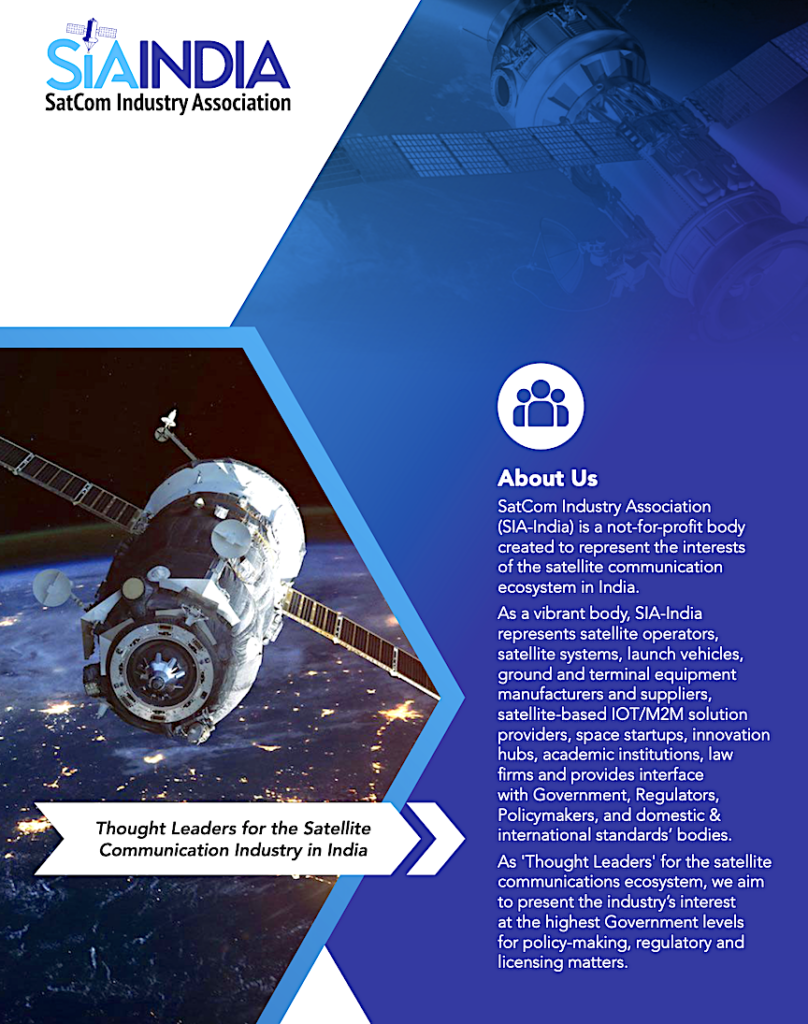
 software, and XDLinx’s modular Spacecraft Bus, with Ananth Technologies serving as its Master Systems Integrator. The complete Assembly, Integration, and Test process was carried out successfully at Ananth Technologies’ new facility in Bangalore’s Aerospace Park, where the high-efficiency Solar Panels of JANUS-1 were also fully indigenized.
software, and XDLinx’s modular Spacecraft Bus, with Ananth Technologies serving as its Master Systems Integrator. The complete Assembly, Integration, and Test process was carried out successfully at Ananth Technologies’ new facility in Bangalore’s Aerospace Park, where the high-efficiency Solar Panels of JANUS-1 were also fully indigenized.

 satellite.
satellite.